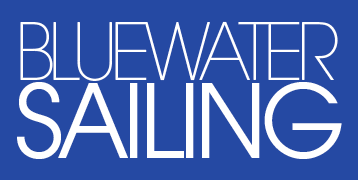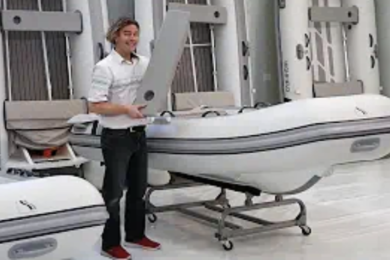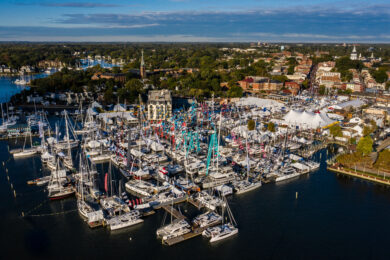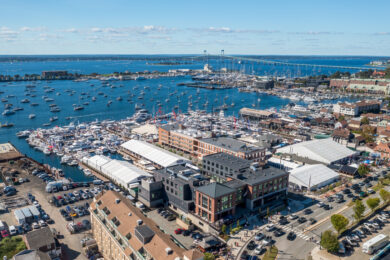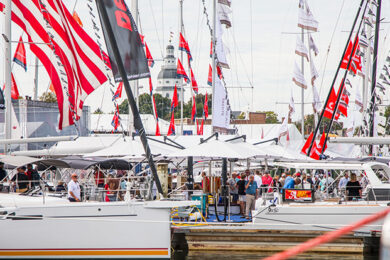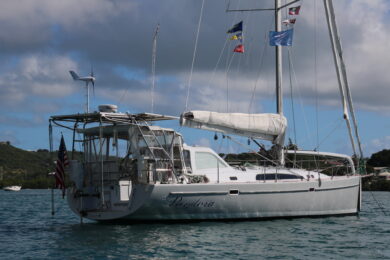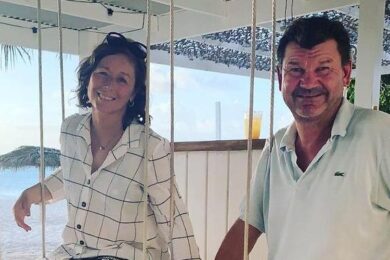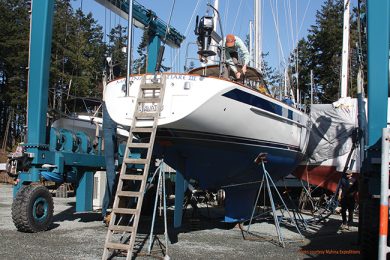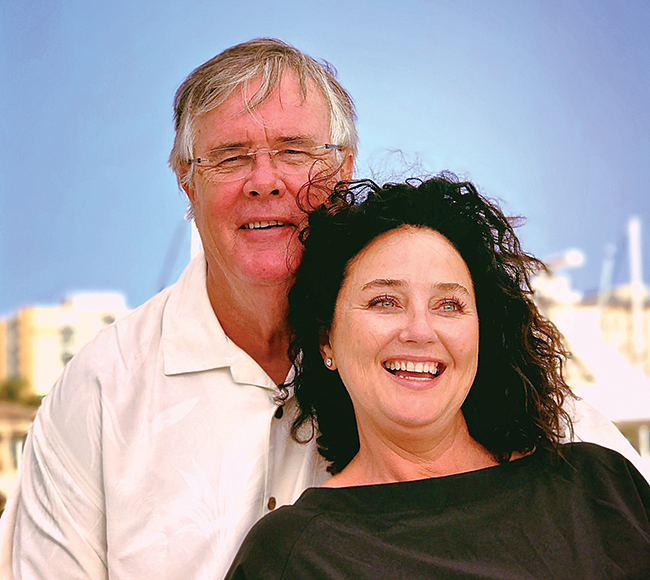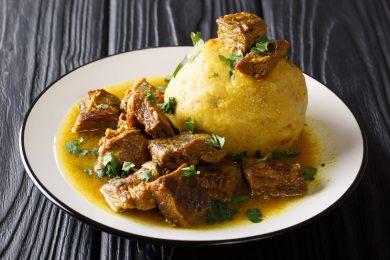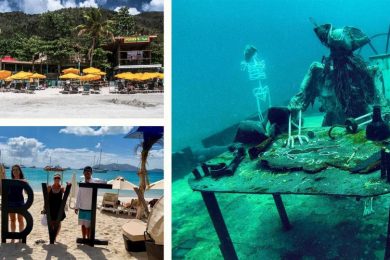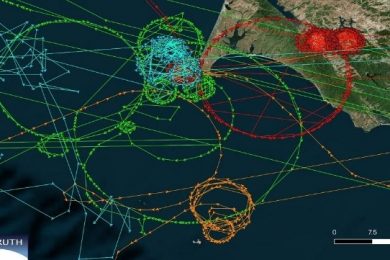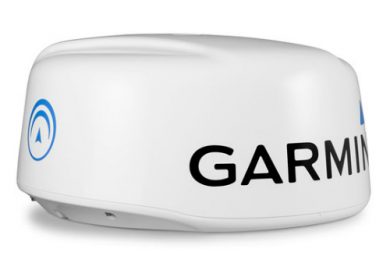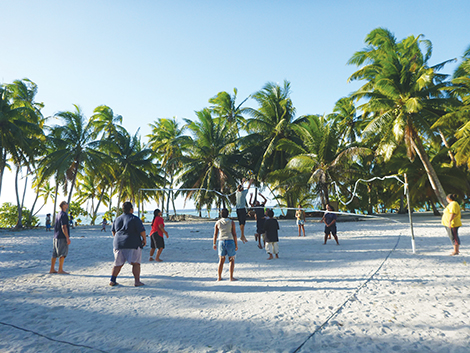An oddly welcoming anchorage in the Cook Islands (published June 2014)
Palmerston Atoll holds first prize for being both our favorite anchorage and the oddest island we visited during our sailing tour of the South Pacific. It’s postcard-perfect, with the whitest beaches and lushest coconut trees you can imagine, framing a turquoise lagoon swirling with colorful fish of all shapes and sizes. The social scene is also one-of-a-kind. Each of the 62 residents can trace their lineage (or their spouse’s lineage) back to one man: William Marsters, a British gentleman who colonized the island in 1863 along with his three Maori wives.

And the icing on the cake? All visitors must be “adopted” by a local host who feeds and welcomes you—no one is allowed to set foot ashore unless you’ve been officially adopted. It’s often a race to the mooring field when a new yacht arrives, as hosting is a popular pastime on this secluded island.
Palmerston Atoll is part of the Cook Islands, a country that contains 15 tiny islands scattered smack-dab in the middle of the South Pacific. You can only visit Palmerston by boat, since the island has no airstrip and no roads. The nearest island is over 100 miles to the south. Palmerston, like all atolls, is a narrow volcanic ring of land surrounding a shallow lagoon. This particular atoll is mostly submerged, with only a handful of small islands visible above the water. The only inhabited island is a mere two square kilometers—you can walk around Palmerston’s perimeter in 15 minutes.
The main “street” is dirt, but has solar-powered streetlights. No one uses money on the island, as there’s nothing to buy. There is no store, but there is an impressive “Palmerston Yacht Club,” built by Bill Marsters and some cruisers a decade ago. No one has a car, but most families have a big aluminum motorboat. About half of the island plays volleyball at 4:00 p.m. each day and visitors are encouraged to join in. The kids are welcoming, curious, and loved to play “hit, bat, run”, which I tried to convince them was the same as baseball.

Cruisers have to pick up one of a half-dozen mooring balls outside the lagoon, since the pass through the reef is too shallow for sailboats. That means the lagoon and the outside reef are near pristine because no boats are allowed to anchor in the coral. Wildlife around Palmerston Atoll was the most plentiful of anywhere we visited. In fact, we were welcomed to the atoll by three humpback whales that breached only 15 meters from our boat, and a whale spout or a whale tail on the horizon punctuated each sunset. We watched turtles mating, sharks feeding, and speared a few big, tasty parrotfish right beneath our sailboat.
Palmerston Atoll is already on our bucket list for our next Pacific crossing.
